Accelerating the Robot Dream
Empowering robot innovation, providing full-cycle development services, reducing costs, and accelerating the commercialization process.
Contact Us +

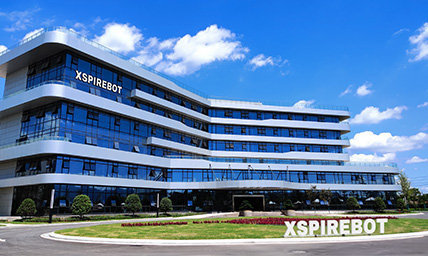
Henan Xspirebot
Xspirebot specializes in the design, production, and servicing of robot platform solutions.
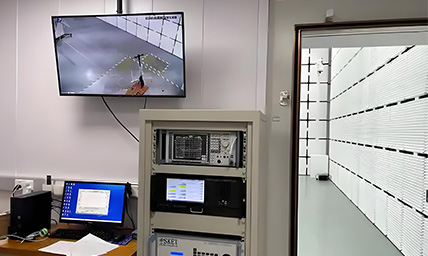
Quality Control
A comprehensive quality control system that manages everything from raw materials to finished products.

Service & After sales
24-hour after-sales service. Please do not hesitate to contact us if you have any questions.

Download
XspireBot provide downloads of product catalogs, product solutions, and user manuals.

Key Member
Ten years of mass production experience and 32 patents in motion control.
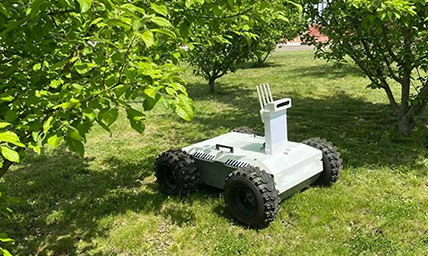
Agricultural Industry
Agricultural robot chassis assists you in field operations such as sowing, spraying, and harvesting.
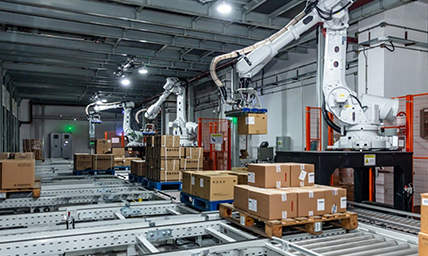
Manufacturing Industry
Industrial robot chassis assist you with tasks such as material handling, assembly, and quality inspection.
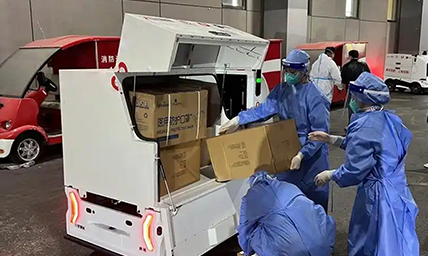
Transportation Industry
Autonomous transport robots that can deliver goods around the clock in urban and industrial environments.
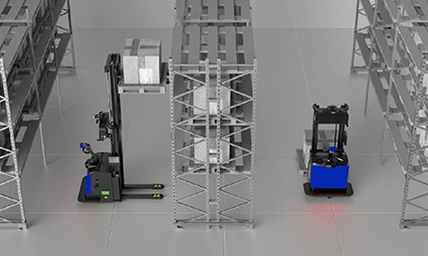
Warehousing Industry
Unmanned transport robots enable full autonomy in cargo stacking & transfer within IoT logistics.
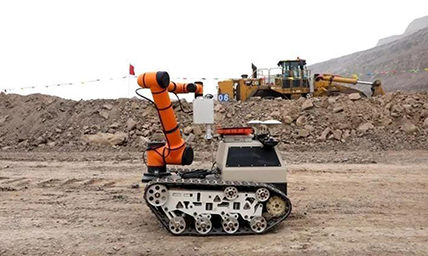
Inspection Industry
Autonomous 24/7 patrols at power facilities, industrial sites, data centers, and other locations.
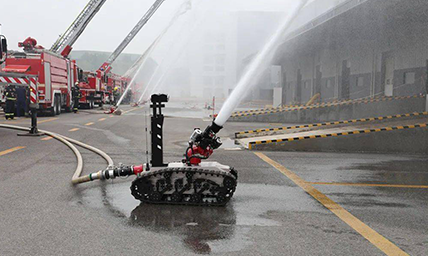
Firefighting Industry
Autonomous fire detection & suppression in high-risk environments: high-rises, chemical plants, and data centers.
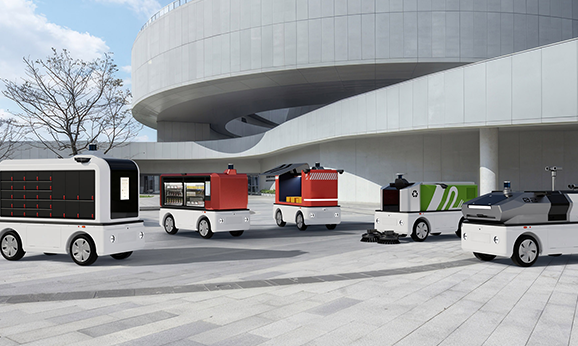
Robot Chassis
Xspirebot offers chassis for indoor and outdoor mobile robots suitable for different terrains.
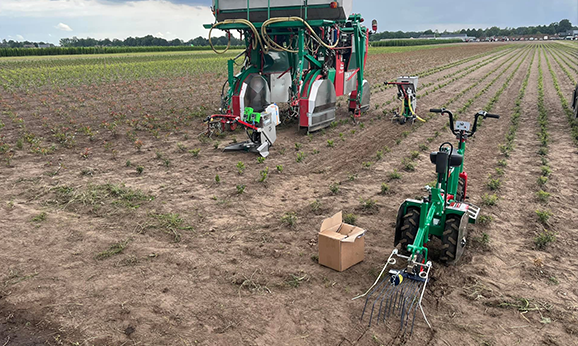
Motors
Drive motor designed for mobile robot chassis, applied to mobile robot platform & agricultural robot chassis.
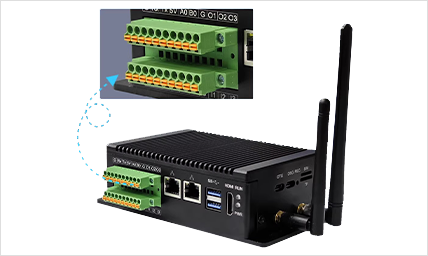
Controller/Drive
The controller can control the robot chassis's movement, positioning, obstacle avoidance, path planning, and other motion functions.
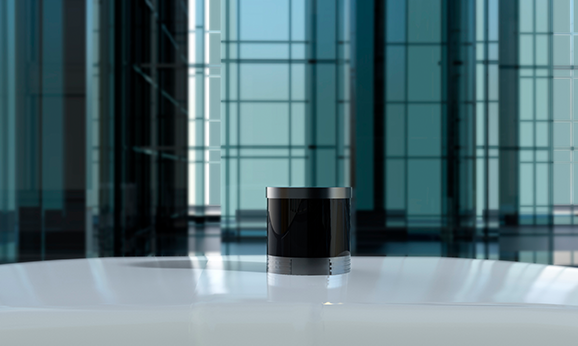
Sensor
Xspirebot offers advanced sensors for autonomous robot platforms: cameras, ultrasonic radar, LiDAR, IMU, & IINS.

Electric Motor Axle
Xspirebot adapts electric transaxle load, power output, & layout to meet customer needs.
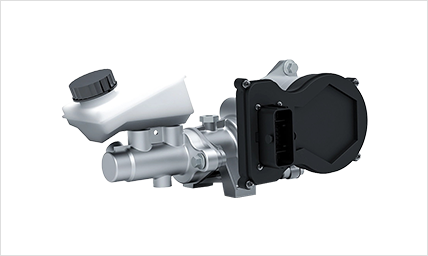
Wired Components
Line control braking & steering enhance vehicle control efficiency & precision via electronic signals.
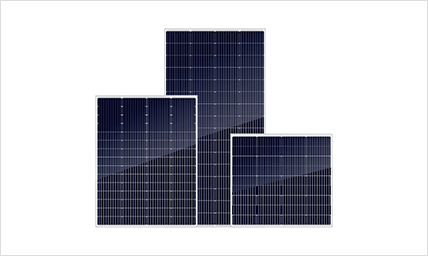
Energy
Solar panels & batteries offer flexible solutions, letting you choose components to suit your needs.
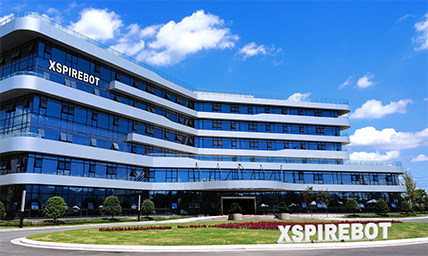
Company News
Xspirebot is committed to helping our customers reduce development costs, shorten the R&D cycle, and accelerate the mass production process through platformized and modularized architectural design and standardized production processes.
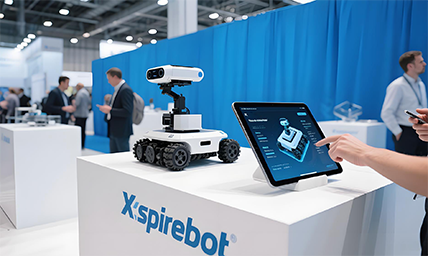
Exhibition News
Xspirebot is committed to helping our customers reduce development costs, shorten the R&D cycle, and accelerate the mass production process through platformized and modularized architectural design and standardized production processes.
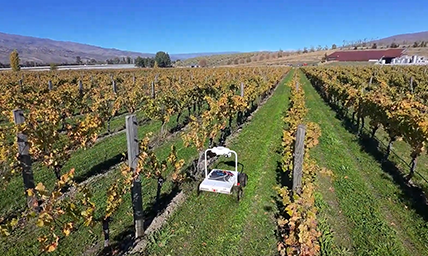
Industry News
Xspirebot is committed to helping our customers reduce development costs, shorten the R&D cycle, and accelerate the mass production process through platformized and modularized architectural design and standardized production processes.
Ultrasonic Radar
Ultrasonic radar is a sensor device that uses ultrasonic waves to measure distance. It is typically integrated around the robot chassis (such as on the hubs, chassis edges, or within protective housings) to provide real-time perception of the robot’s distance from surrounding obstacles, their positions, and movement states. Its core function is to calculate the time difference between the transmitted and received ultrasonic signals, thereby determining the distance to an obstacle. This offers robots a low-cost, real-time solution for short-range environmental sensing.
Ultrasonic radar is a key component for achieving cost-effective, real-time obstacle avoidance and navigation in robot chassis, especially excelling in dynamic environments, low-speed movement, and edge-following tasks. It plays a critical role in the following areas:
Short-Range Obstacle Detection and Avoidance: By emitting ultrasonic waves and receiving reflected signals, it detects the distance and position of nearby obstacles (such as walls, furniture, and pedestrians) in real time, offering millimeter- to centimeter-level accuracy for obstacle avoidance.
Dynamic Obstacle Avoidance and Path Planning: Using high-frequency sampling (≥10 Hz) and the Doppler effect, ultrasonic radar captures the direction of moving obstacles (approaching or receding). Combined with SLAM algorithms, it enables dynamic path adjustment in response to environmental changes.
Edge-Following Navigation and Boundary Sensing: By measuring the distance between the robot and fixed boundaries (e.g., walls, shelves, furrows), it maintains a consistent distance (e.g., 10 cm), enabling edge-following behavior or boundary tracking.
Terrain and Boundary Recognition: Detects changes in ground height (e.g., steps, ditches) or material differences (e.g., grass vs. concrete), assisting the robot in determining passability.
Multi-Sensor Integration
To compensate for the limitations of ultrasonic radar, such as short detection distance, limited accuracy, and strong material dependency, multi-sensor fusion technology is often used to enhance the environmental perception capabilities of robot systems.
LiDAR (Light Detection and Ranging)
Provides high-precision mapping and localization over long distances (e.g., 10–100 meters with millimeter-level accuracy), supporting SLAM algorithms for robust navigation.
Millimeter-Wave Radar
Enables high-speed, long-range detection (e.g., over 100 meters) and can penetrate rain, fog, and smoke, making it suitable for adverse weather conditions such as snow, heavy rain, or smoky environments.
Camera
Offers semantic-level information, such as recognizing access gates, pedestrians, and signage, along with wide-field-of-view environmental sensing.
IMU (Inertial Measurement Unit)
Provides the robot's own motion data, including acceleration, angular velocity, and orientation, compensating for the inability of ultrasonic sensors to detect self
Ultrasonic Radar Array
By arranging multiple sensors in overlapping coverage patterns (e.g., 4–12 radars in a circular layout around the chassis), blind spots are reduced and lateral positioning accuracy is improved.
GPS / BeiDou Positioning
Satellite-based systems provide global positioning data, useful for outdoor applications such as agricultural robot navigation.
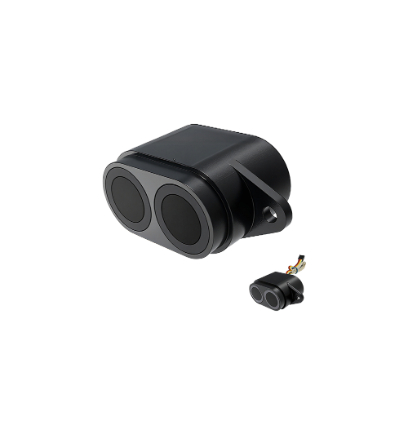
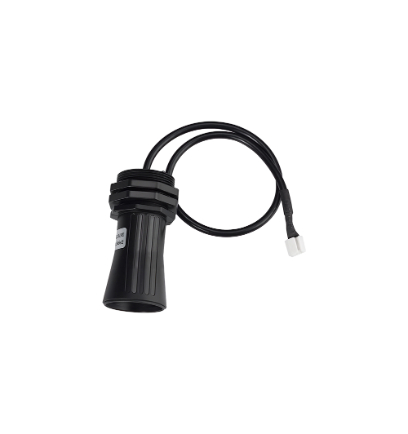

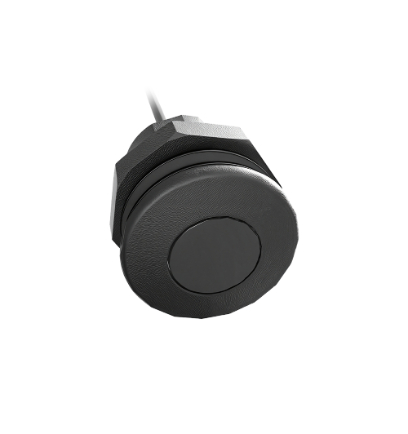
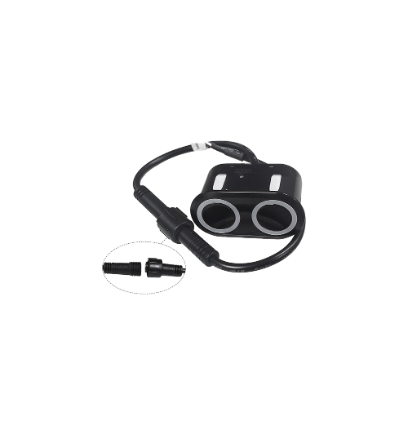
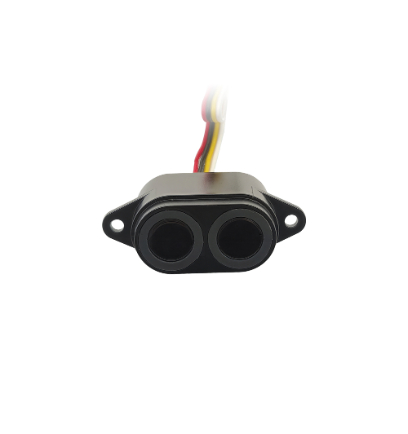
Core Advantages
Low Cost: Compared to other radar technologies, ultrasonic radar is generally more cost-effective, making it ideal for large-scale deployment.
Flexible Deployment: Supports multi-sensor arrays (e.g., 4–8 sensors), suitable for mass production in applications like AGVs (Automated Guided Vehicles).
Detection Range: Typical detection range is 2 cm to 5 meters in air, covering key safety zones around the robot chassis.
Fast Dynamic Response: Response time from 10 ms to 50 ms, enabling real-time obstacle avoidance at low speeds.
Wide Beam Angle: A single sensor can cover a detection angle of 60° to 120°. With proper layout, multiple sensors can achieve full 360° surround view coverage.
Multi-Obstacle Recognition: Capable of detecting multiple reflection points simultaneously (such as table legs, wall corners, or moving people), and can distinguish between static and dynamic obstacles through algorithmic processing.
Strong Environmental Adaptability: Unaffected by lighting conditions (darkness, strong light), smoke, or dust. Ideal for scenarios where visual sensors may fail, such as fire rescue missions or underground pipe inspections.
Low Power Consumption: Typically operates at a current below 20 mA, making it well-suited for battery-powered mobile robots.
Sleep Mode: Some sensors support low-power standby modes, further extending battery life.
Non-Contact Measurement: Wireless ultrasonic distance measurement and detection can be used to avoid contact with the target object, and can be used to measure and monitor sensitive objects. Detecting human approach or gestures (such as waving to control the robot to start) can achieve contactless operation.
Motion Detection: Can detect the direction of obstacle movement (approaching or receding), enhancing the reliability of obstacle avoidance decisions.
Applicable Environments
Indoor Environments: Used in smart home applications for object detection, distance measurement, and human presence sensing. It is unaffected by indoor lighting or dust conditions (e.g., the "drop prevention" and "collision avoidance" functions in robotic vacuum cleaners).
Outdoor Harsh Weather Conditions: Can operate normally in rain, fog, snow, and other adverse weather conditions with minimal impact from environmental factors. However, temperature can affect the speed of ultrasonic wave propagation. In environments with large temperature variations, temperature compensation is required to maintain measurement accuracy.
Some industrial environments: For example, in factory workshops, it can be used for object position detection, distance measurement on production lines, etc., and can adapt to certain noise and vibration environments.
Application Scenarios
Indoor complex environments
Suitable for indoor scenes such as homes, offices, warehouses, and factory workshops where there are significant changes in lighting or dynamic obstacles (such as pedestrians and furniture), with strong resistance to light interference.
Dynamic obstacle-dense scenarios
Suitable for crowded areas such as shopping malls and hospitals, it can detect fast-moving obstacles in real time and trigger obstacle avoidance.
Low-speed navigation and edge-following tasks
Suitable for inspection robots, agricultural robots, field inspections, and other low-speed edge-following scenarios that require maintaining a fixed distance.
Industrial Inspection and Monitoring Environments
Used in non-contact industrial inspection tasks such as liquid level monitoring (tanks, pools) and non-destructive testing (e.g., metal weld inspection).
Extreme Temperature Environments (Requires Optimization)
Can operate stably within the range of -20°C to 70°C with temperature compensation algorithms. Specialized designs are required for operation outside this range.
Transparent or Smooth Surface Scenarios (Requires Sensor Fusion)
Needs to be combined with infrared or visual sensors to address reflection or missed detection issues on surfaces like glass or mirrors.
Multi-Sensor Interference Scenarios (Requires Optimization)
Suitable for dense multi-radar environments such as AGV fleets through the use of coded modulation or time-division multiplexing techniques to prevent signal interference.
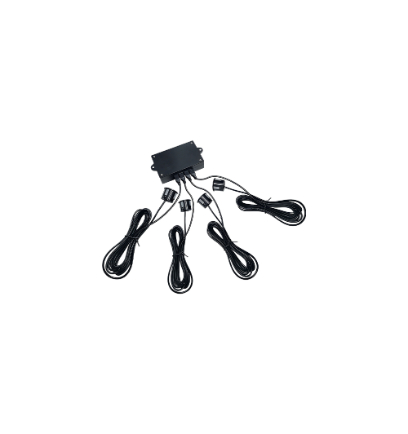
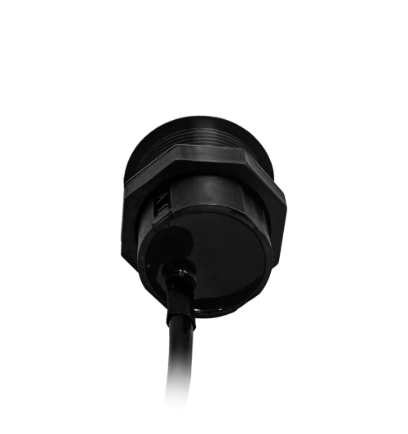
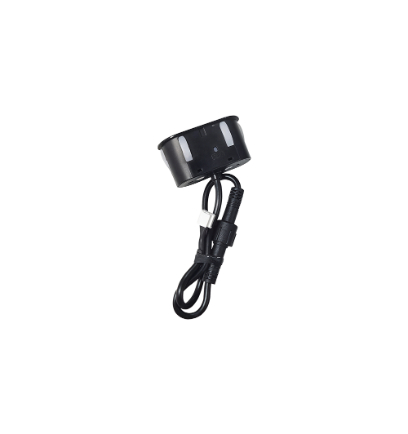
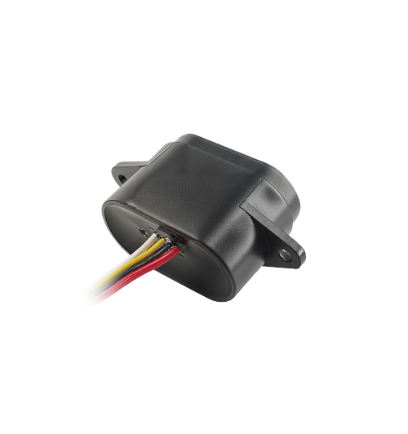
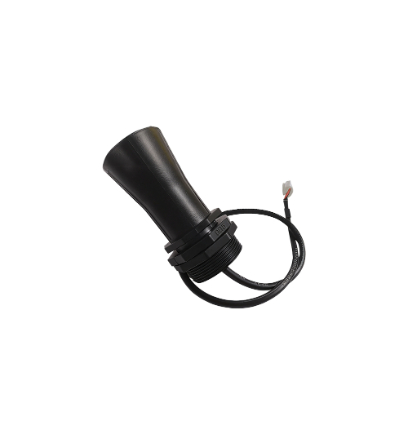
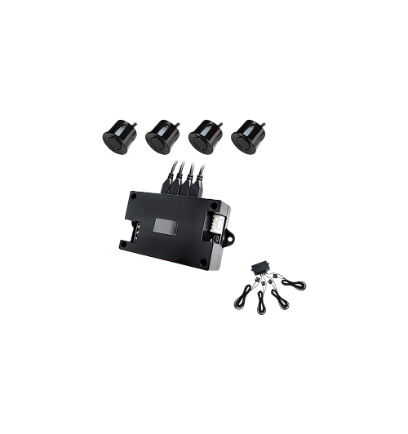
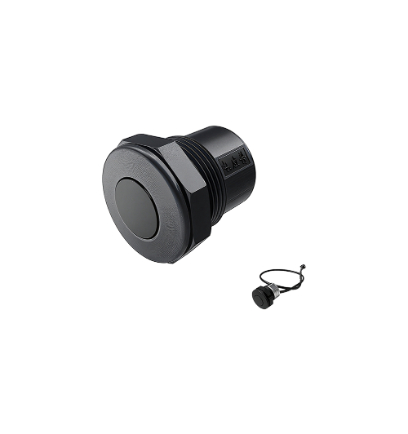
Product Classification
Accelerating the Robot Dream
Empowering robot innovation, providing full-cycle development services, reducing costs, and accelerating the commercialization process.
Contact Us +